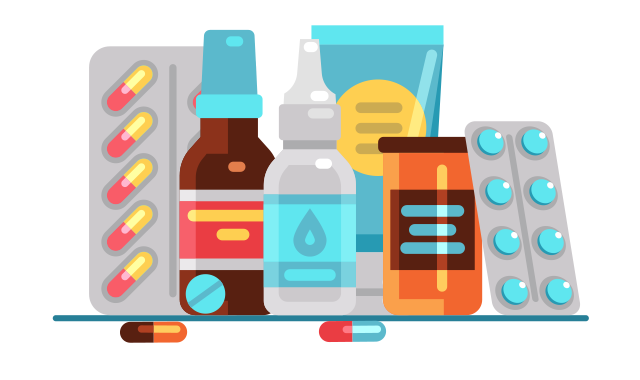Proving Biosimilars are Similar. Are Therapeutic Trials Necessary?

Cecil Nick, vice president of biotechnology at Parexel International, notes the challenges for developing the next generation of biosimilar are basically no different than the current generation. Indeed, each product presents its own unique challenges - some are easier and some more challenging to develop.
“The problem arises because regulatory requirements for biosimilars have not changed very much over the past nearly two decades,” he says. “The major regulatory bodies require demonstration of pharmacokinetic and therapeutic equivalence. Often, but not always, pharmacokinetics equivalence can be demonstrated in reasonably sized, healthy volunteer studies.”
However, adds Nick, demonstration of therapeutic equivalence can be more challenging, explaining there is a need to agree to an equivalence margin which ensures adequate retention of efficacy.
“The efficacy or effect size of the originator compared to placebo, or no treatment, is determined by undertaking a meta-analysis of placebo-controlled trials of the original product and then calculating a margin that will preserve adequate (often at least 50%) efficacy with 90% or 95% confidence,” he says. “A comparative trial of the biosimilar against the originator product then needs to be conducted under conditions that will reproduce the response observed in the original trials included in this meta-analysis so as to be confident that the effect size matches that from that predicted by the meta-analysis.”
Nick notes that in principle, replicating the original trial to show biosimilarity sounds simple enough, but a number of challenges are emerging. As treatments advance, the opportunity for generating large effects diminishes.
“This means that for the newer biologics which are the targets for next generation of biosimilars, only a narrow equivalence margin can be statistically justified,” he says. “This results in the need for a very large number of patients to demonstrate therapeutic equivalence, sometimes exceeding 1,000 patients.”
Another challenge, he says, is that as treatment paradigms change, which happens often in oncology, it can become very difficult to conduct a trial which recreates the conditions in which the original trials were performe. In these circumstances, sponsors can be faced with the option of conducting a large expensive trial - or just taking a pass and deciding not to develop a biosimilar.
Some have questioned whether we need complex, and expensive, therapeutic trials if the biosimilar can be shown to act the same as the reference product using physico-chemical methods, which have significantly improved over the last two decades, coupled with cell-based testing.
“Add to this that in clinical trials it can be shown that the biosimilar and reference product display matching PK (pharmacokinetic) profiles and no difference in immunogenicity and safety. Is there than any reason that therapeutic effect could differ?” he says. “Indeed, under these circumstances differences in therapeutic effect seems inconceivable. So, going forward I believe there is a need for a debate on what clinical data is really needed to ensure biosimilars on the one hand are safe and effective and, on the other, bring affordable treatment to those who need access to life-saving and life-changing therapies.”